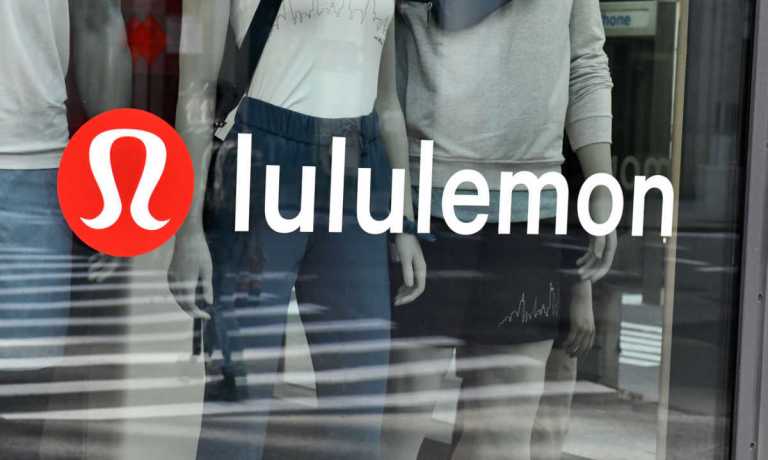Lululemon Looks to Memberships and Perks to Drive D2C Engagement

Athletic wear brands looking to win consumers’ direct digital loyalty are turning to membership models.
Athleisure retailer Lululemon shared Thursday (Dec. 8) in its third quarter 2022 financial results that its direct-to-consumer (D2C) revenue increased 31% year over year, accounting for 41% of total saels.
“Our ability to connect directly with guests in real time and across both our physical and digital channels gives us a number of ways to engage beyond a purchase transaction,” CEO Calvin McDonald said on the accompanying earnings call, while pointing to the Q3 launch of Lulu’s membership program.
He noted that the free tier of the plan offers early access to products and a limited number of other perks, while the paid tier, which comes with the purchase of the brand’s smart mirror and a $39/month subscription fee, offers classes and other benefits.
Lululemon is far from the only activewear brand turning to membership models to drive revenue and engagement. Adidas, for instance, has its adiClub program, offering loyalty rewards and exclusive experiences, and Nike has its membership perks, including guided workouts and member-only products, though neither offering includes a paid tier.
“Our D2C first mindset is best represented through our membership program adiClub,” CFO Harm Ohlmeyer told analysts on a call following the company’s earnings report last month. “We continue to roll out new value propositions as we speak, and [at] the end of Q3 we had almost 290 million members in our program.”
Nike is similarly counting on its membership offerings to drive digital growth.
“New membership tools we put in place last year in fiscal ’22 that went live in Q1 create one-to-one connections at scale by delivering personalized consumer journeys and experiences which in turn drive first purchases and increased loyalty,” CEO John Donahoe said on the company’s most recent earnings call. “And the SNKRS app continues to fuel energy to our growing audience of high-value members. We’re bringing this community in almost daily flow of compelling content and product launches.”
These non-paid options may have an advantage over models dependent on premium payments now, with consumers cutting back on their total number of subscriptions. Research from last month’s study, “Subscription Commerce Conversion Index: Subscribers Seek Affordability And Convenience,” a PYMNTS and sticky.io collaboration, which draws from a census-balanced survey of more than 2,100 U.S. consumers, finds that subscription rates are down in all categories except streaming. Plus, as of the August/September questionnaire, the average number of subscriptions per retail subscriber had dropped to the lowest level since early 2021.
Read the report: Subscription Commerce Conversion Index: Subscribers Seek Affordability And Convenience
That said, Lululemon may have a greater need to find additional revenue streams, stuck in a more challenging category than its more unisex competitors. Brands that appeal primarily to a female clientele are at a disadvantage when it comes to driving eCommerce sales. Research from PYMNTS’ November/December study The ConnectedEconomy™ Monthly Report: The Gender Divide, which draws from an October survey of 2,600 United States consumers, finds that 49% of men participate in their shopping routines via digital channels. In contrast, only 40% of women said the same.
Get the study: The ConnectedEconomy™ Monthly Report: The Gender Divide